Hand Crafted Floating Shelves
My custom made floating shelves are made from furniture grade hardwoods for strength and durability. I offer 2 styles - solid 1.75" thick shelves and hollow 2.5" thick shelves. They are professionally installed with hidden brackets to hold just about anything you can fit on them.
More FAQ's below, including general project costs.
The following image gallery will display the shelf wood species and size if you hover the pointer over the image on a desktop/laptop or click on the image from a phone.
-
Cherry - 2.5" hollow style -
Knotty Alder - 2.5" Hollow style -
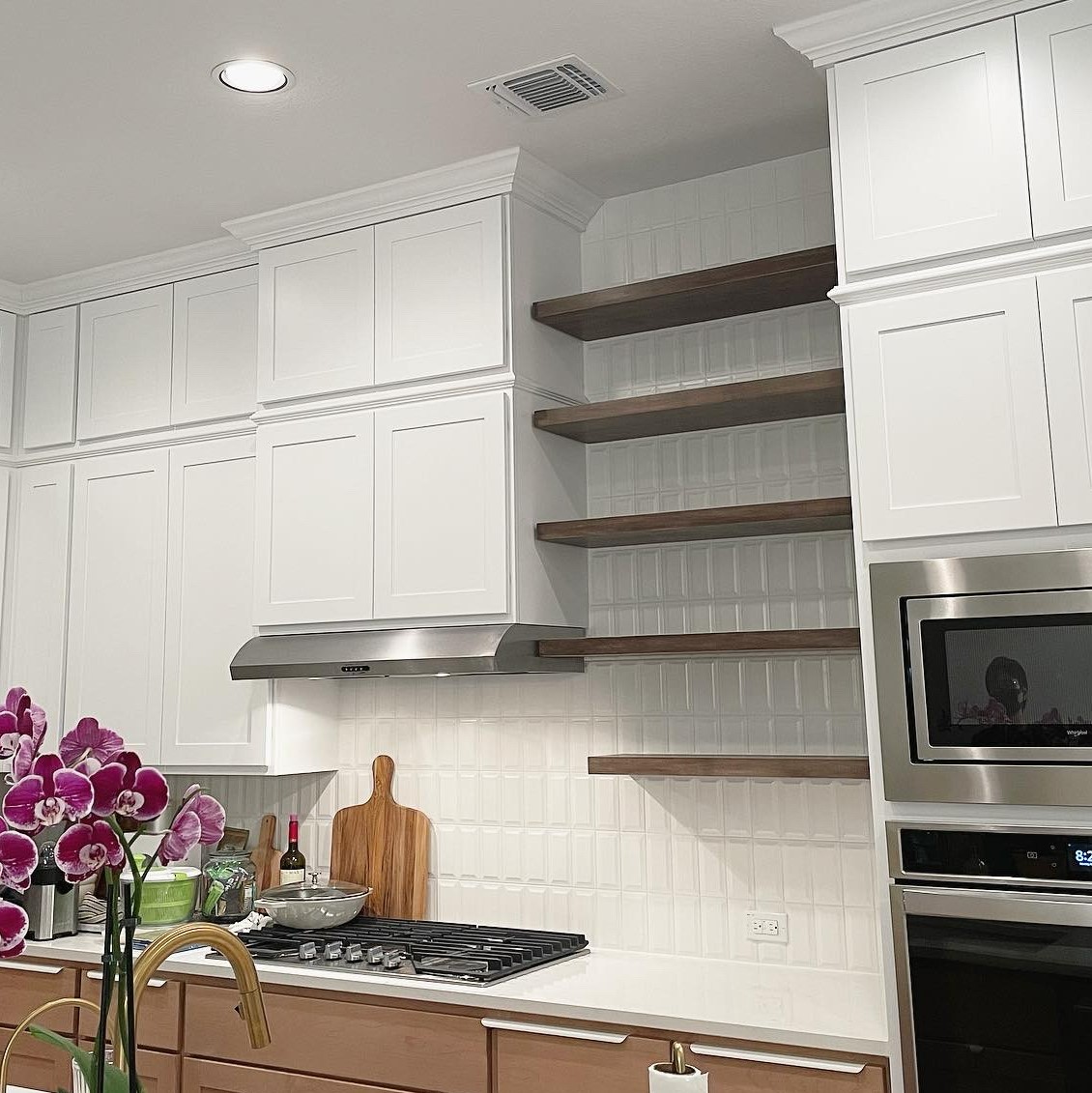
Maple - 1.75" Solid style Walnut Stain -
Distressed Knotty Alder - 2.5" Hollow style -
White Oak - 1.75" solid style -
Distressed Knotty Alder - 2.5" Hollow style -
White Oak - 1.75" Solid Style -
Cherry - 2.5" Hollow style -
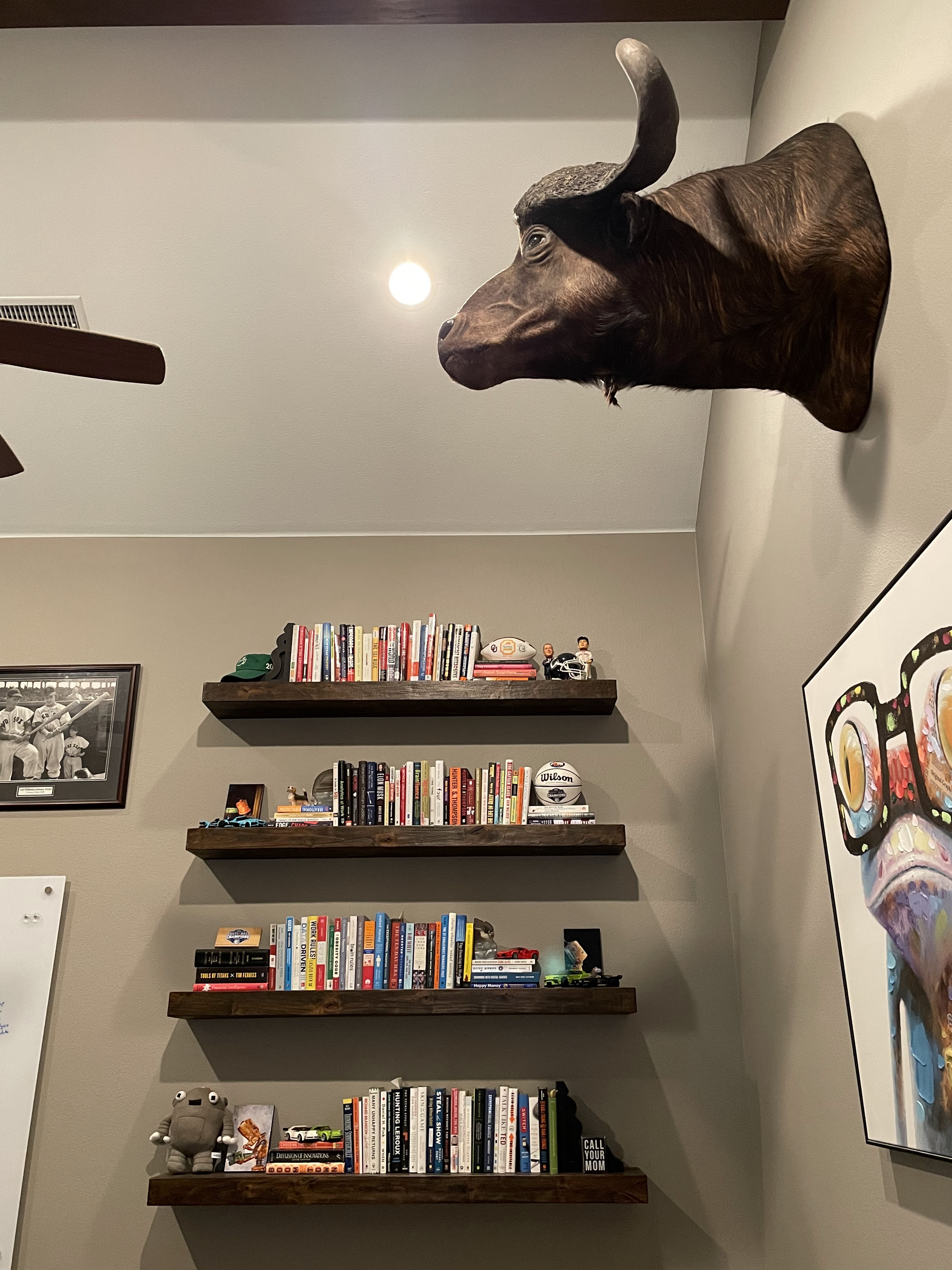
Distressed Knotty Alder - 2.5" Hollow style Color 57 -
Distressed Knotty Alder - 2.5" Hollow style Color 46 -
Distressed Knotty Alder - 2.5" hollow style -
Walnut - 1.75" Solid Style -
Maple - 2.5" Hollow Style Custom Stain -
White Oak - 2.5" Hollow style -
Cherry - 2.5" hollow style -
White Oak - 1.75" Solid Style -
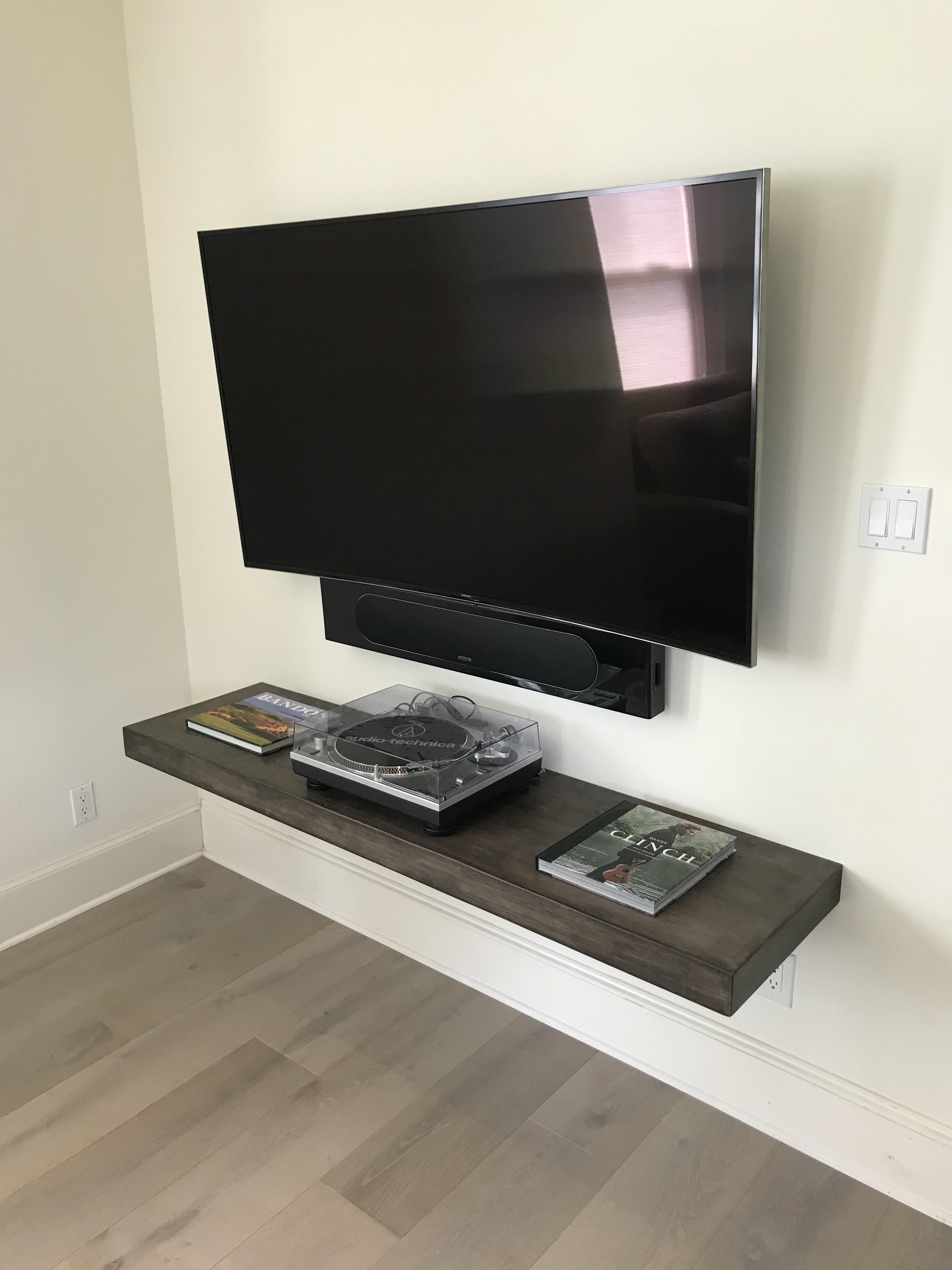
Maple - 3" Hollow Style Walnut Stain -
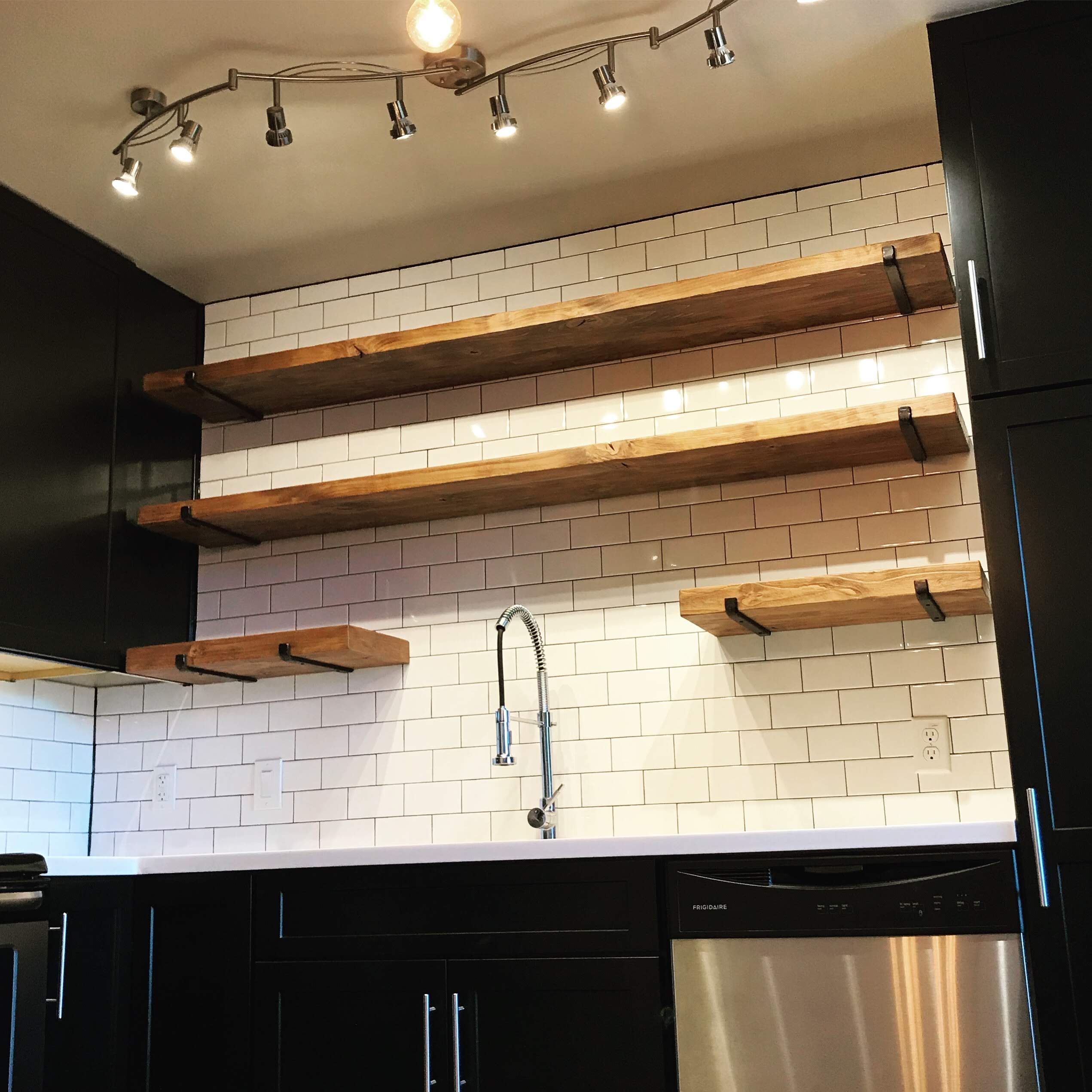
Distressed Knotty Alder Top 2 shelves are Solid style, bottom is Hollow,Stain 21 -
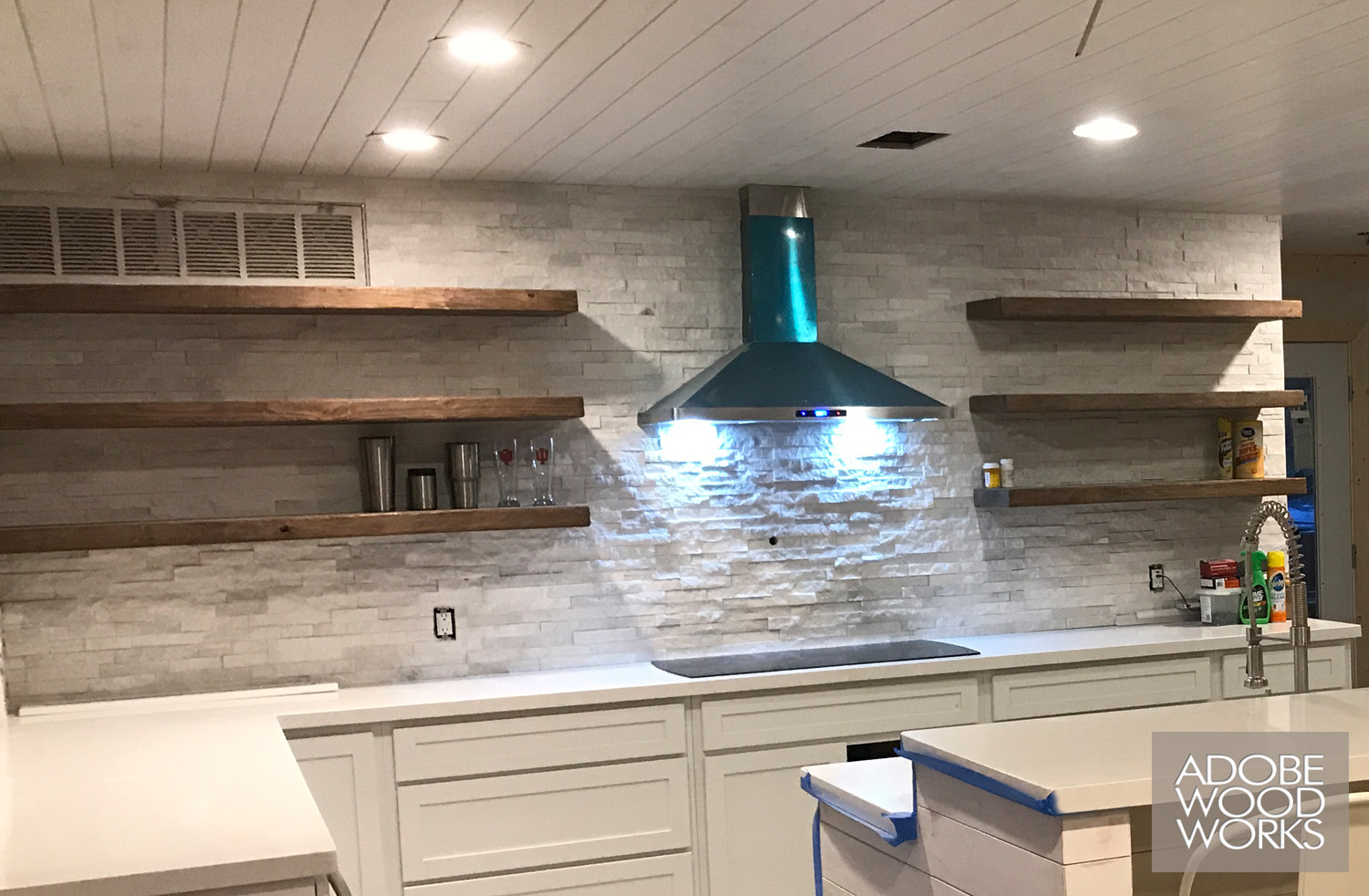
Distressed Knotty Alder - 2.5" Hollow Style Stain 17 -
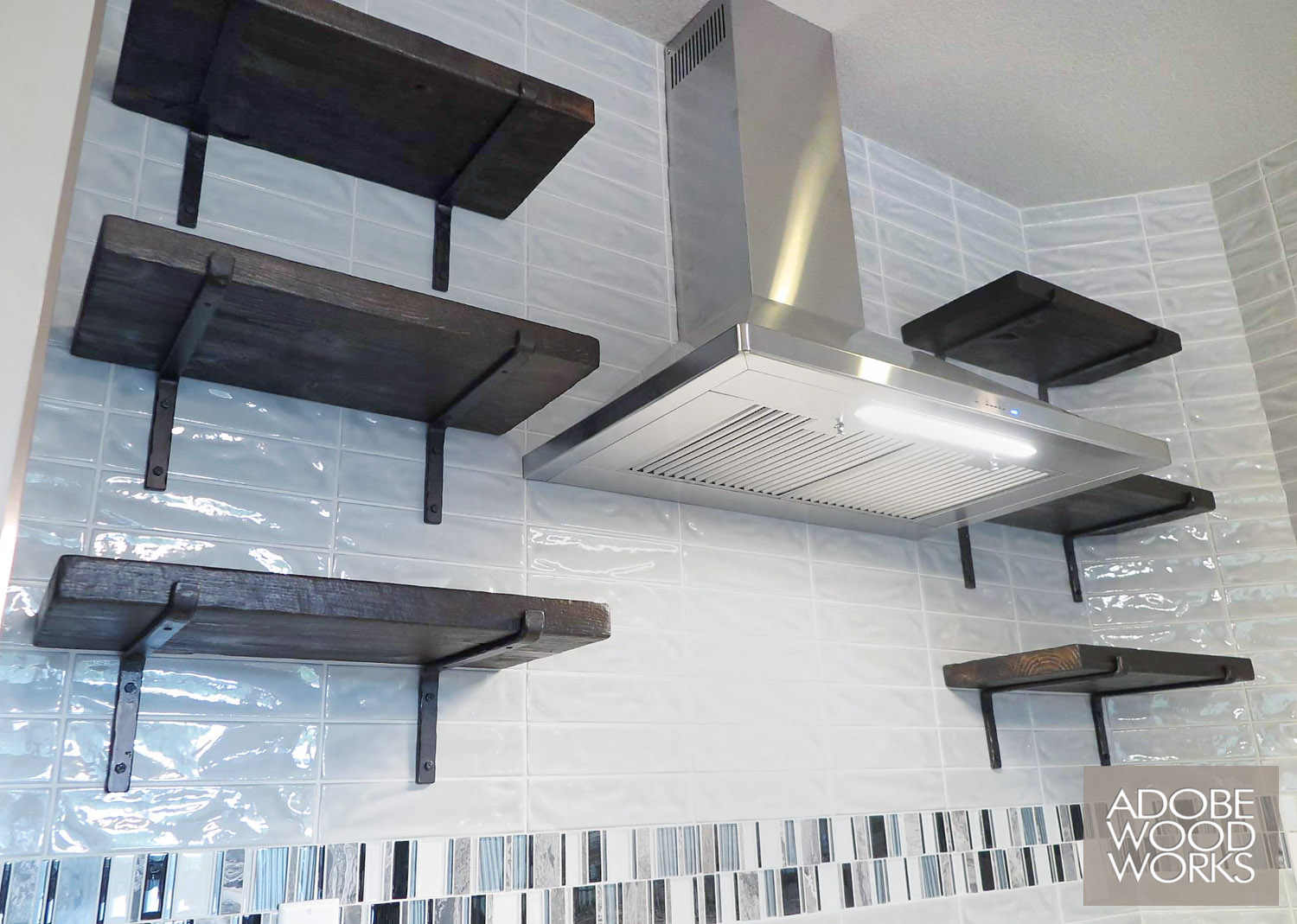
Distressed Knotty Alder - 1.75" Solid Style -

Distressed Knotty Alder - 2.5" Hollow style Stain 57 -

Distressed Knotty Alder - 3" Hollow Style Stain 57 -
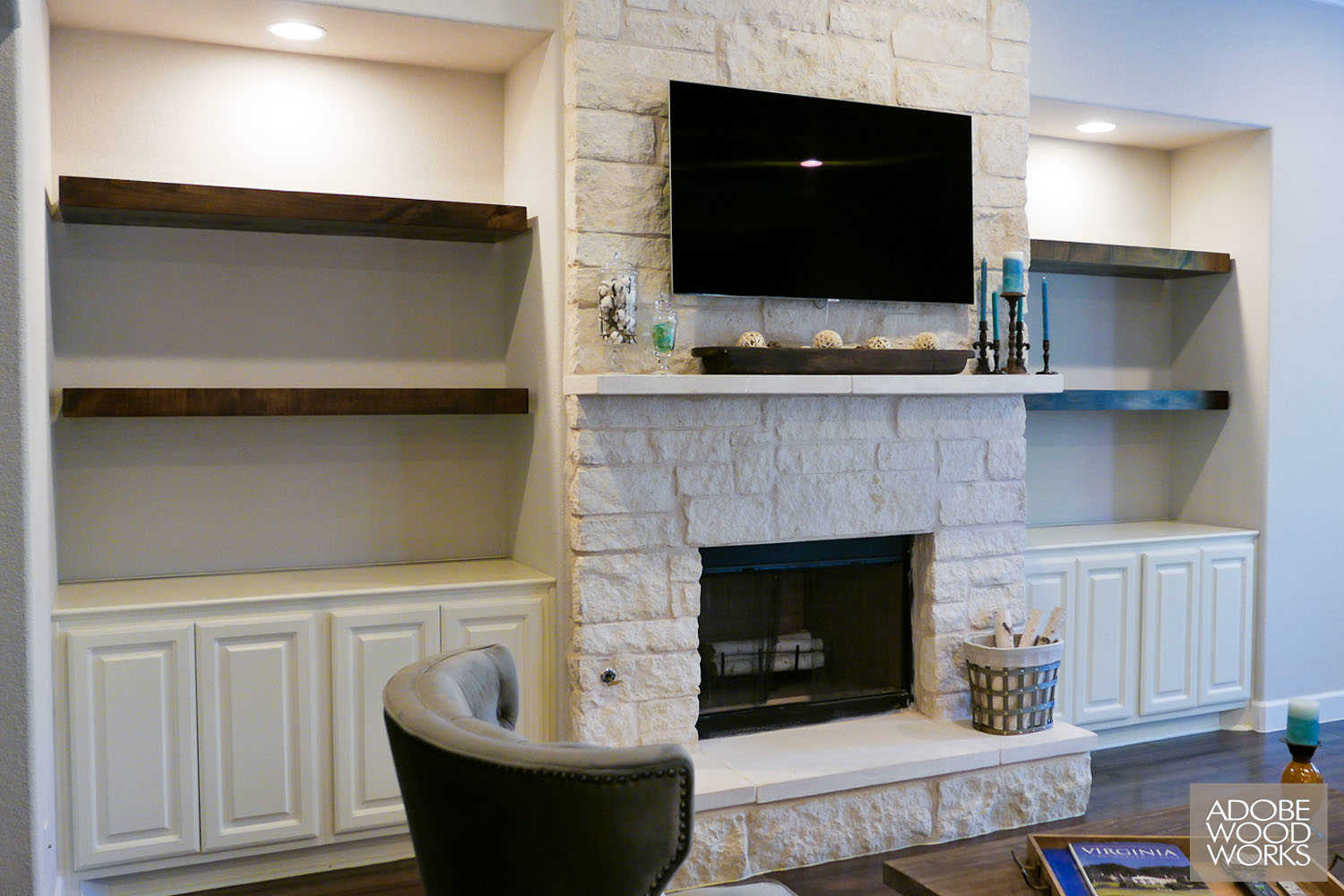
Smooth Knotty Alder - 3" Hollow Style -
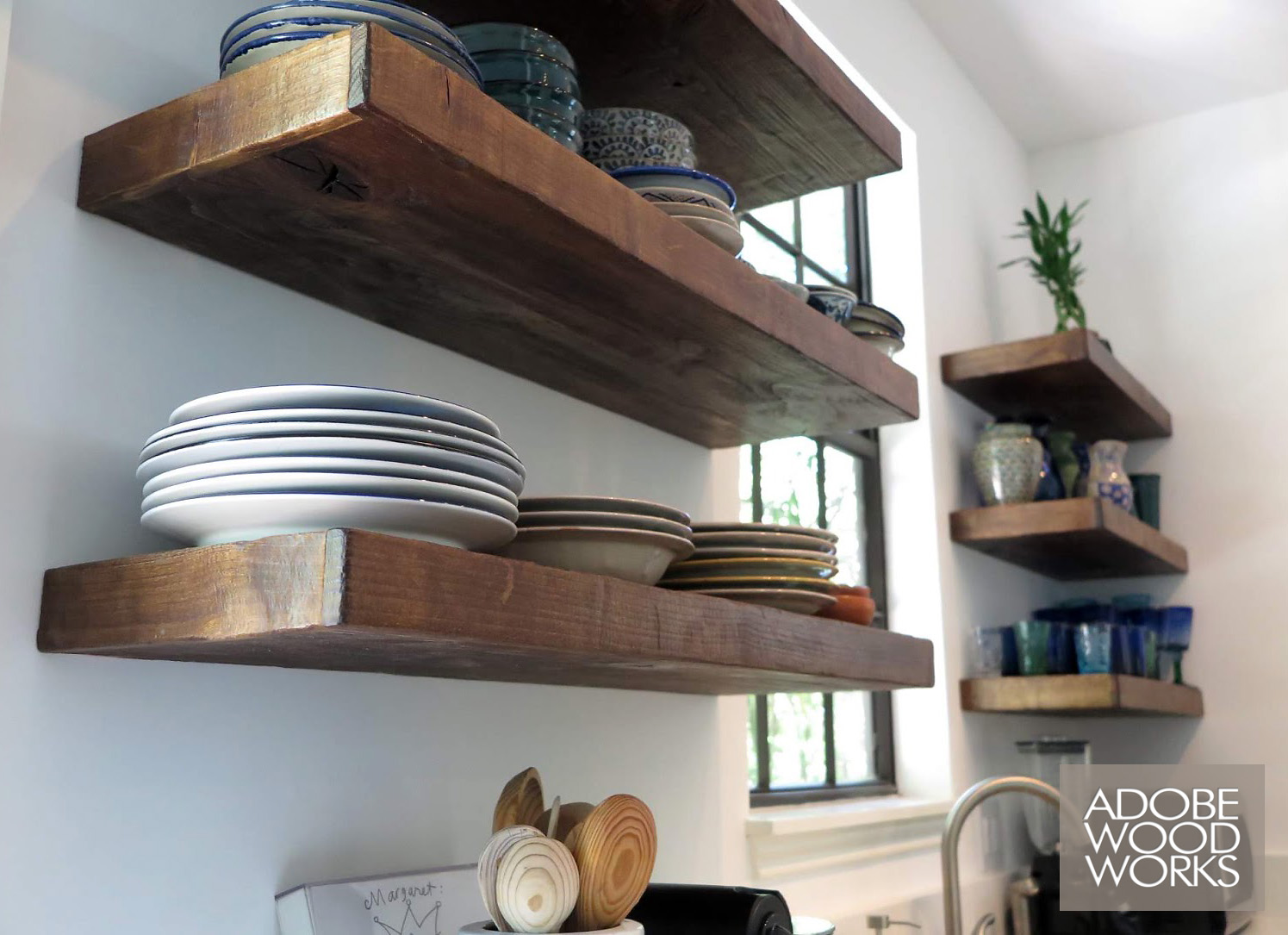
Distressed Knotty Alder - 2.5" Hollow Style Stain 46 -
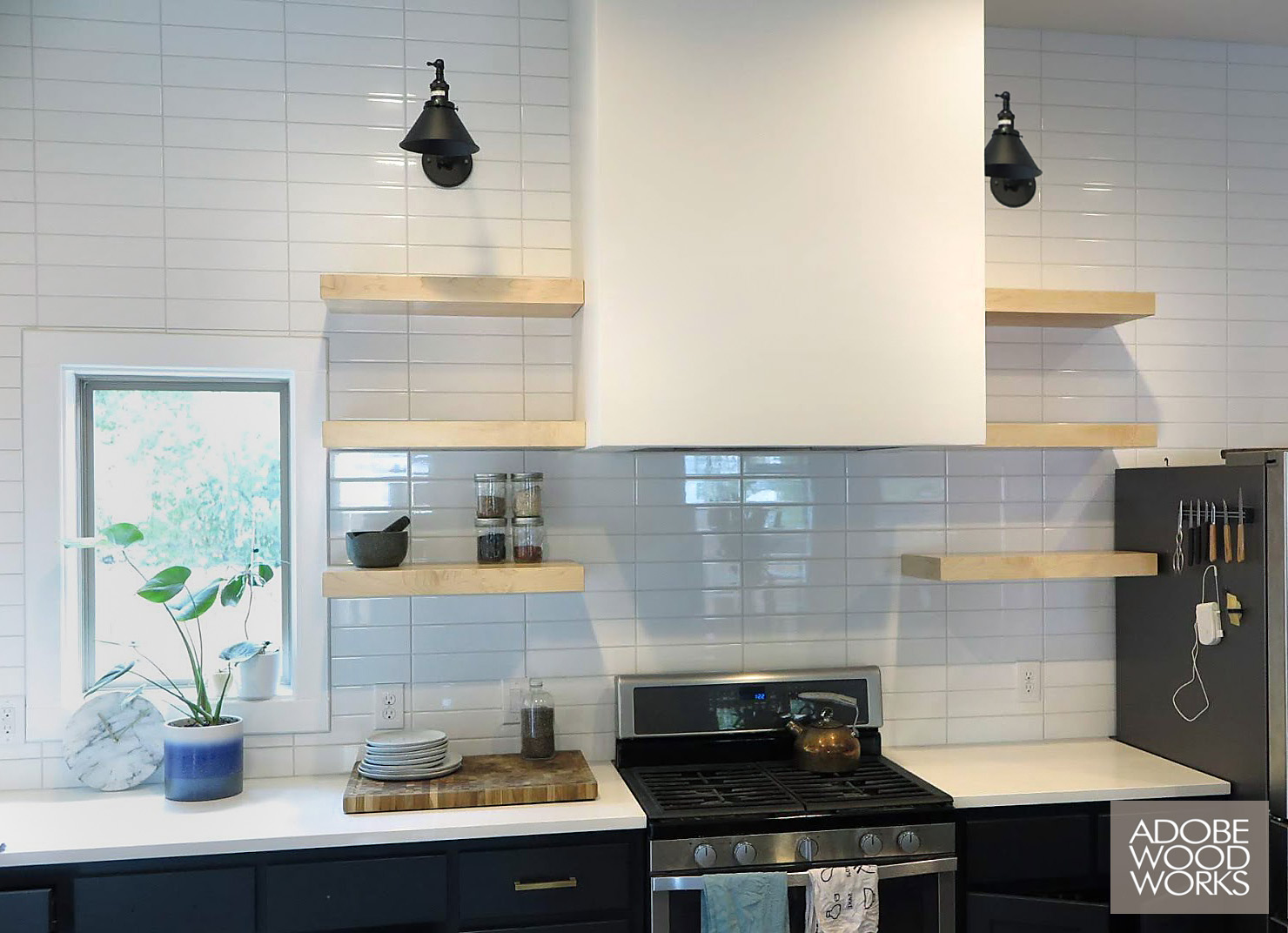
Maple - 2.5" Hollow Style -
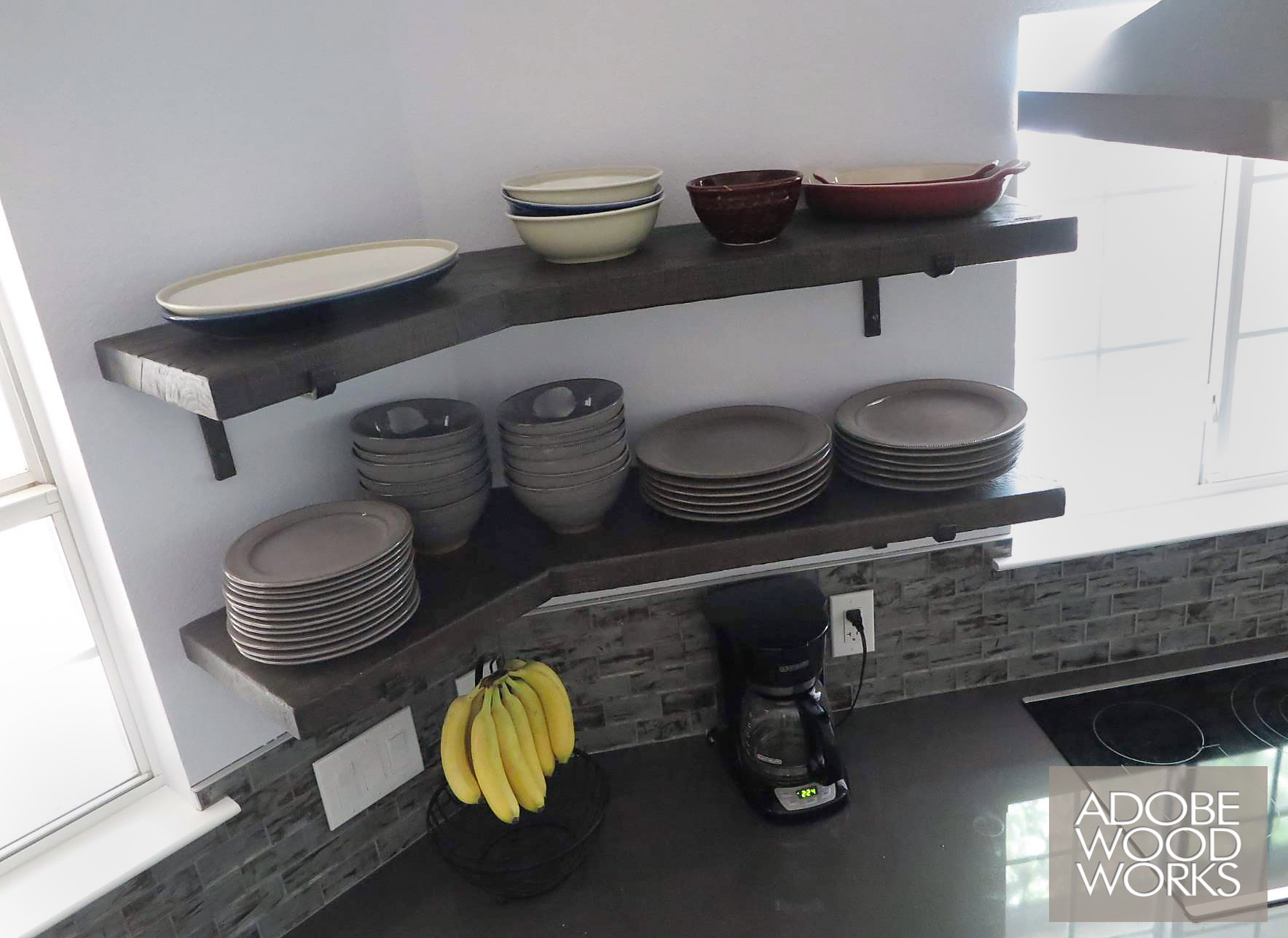
Distressed Knotty Alder - 1.75" Solid Style -
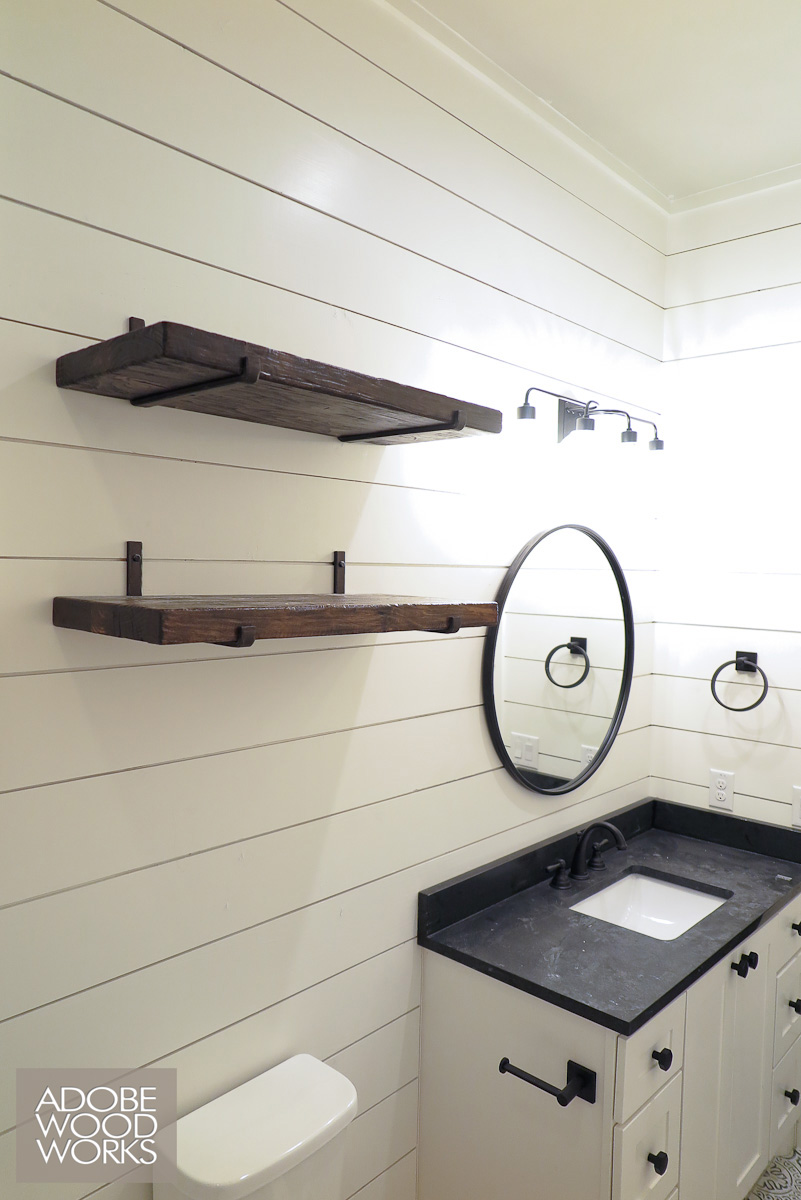
Distressed Knotty Alder - 1.75" Solid Style -

Smooth Clear Alder - 2.5" Hollow Style -
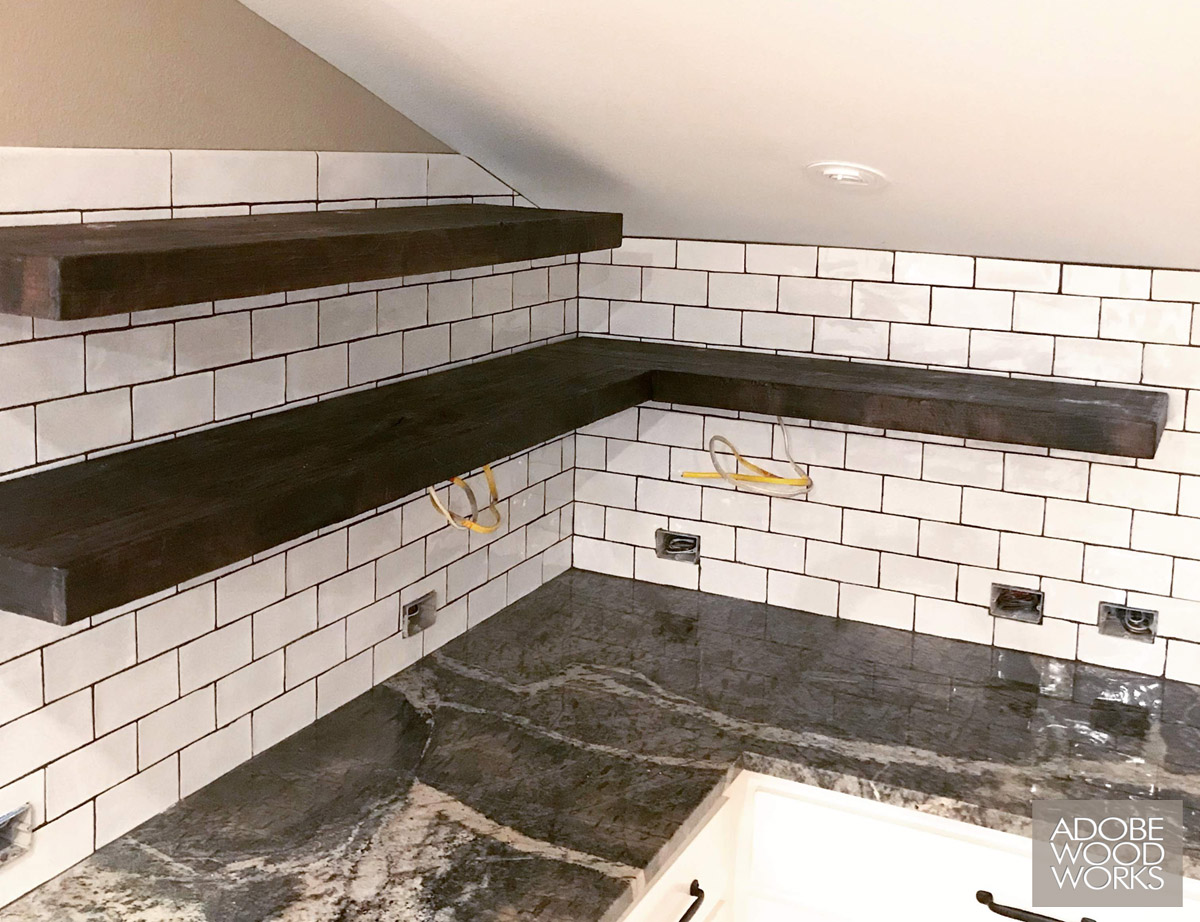
Distressed Knotty Alder - 2.5" Hollow Style -
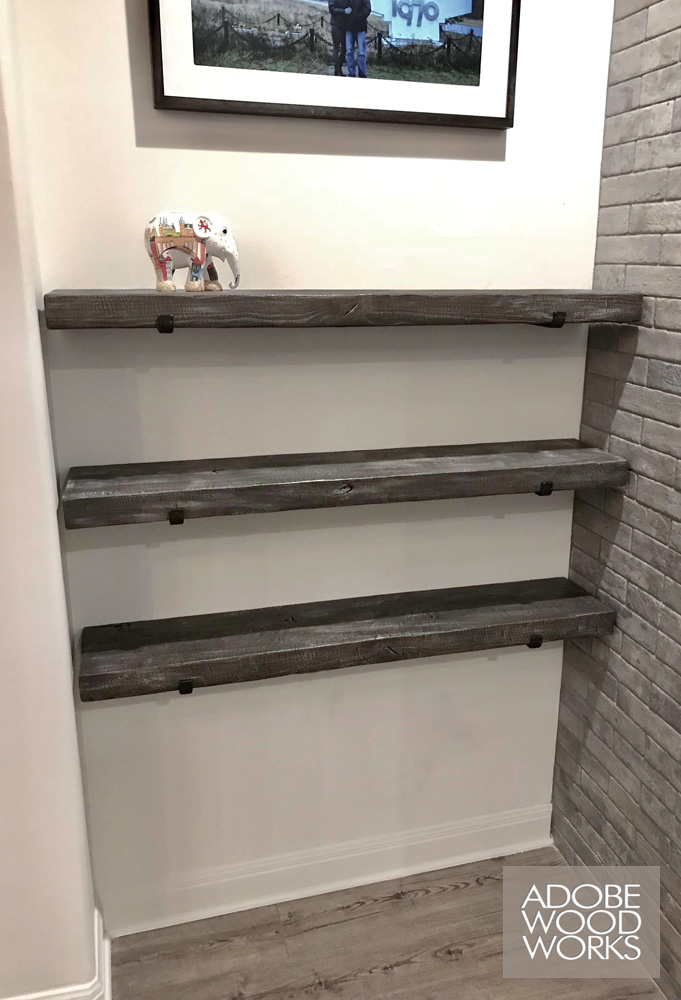
Distressed Knotty Alder - 2.5" Hollow Style -

Distressed Knotty Alder -
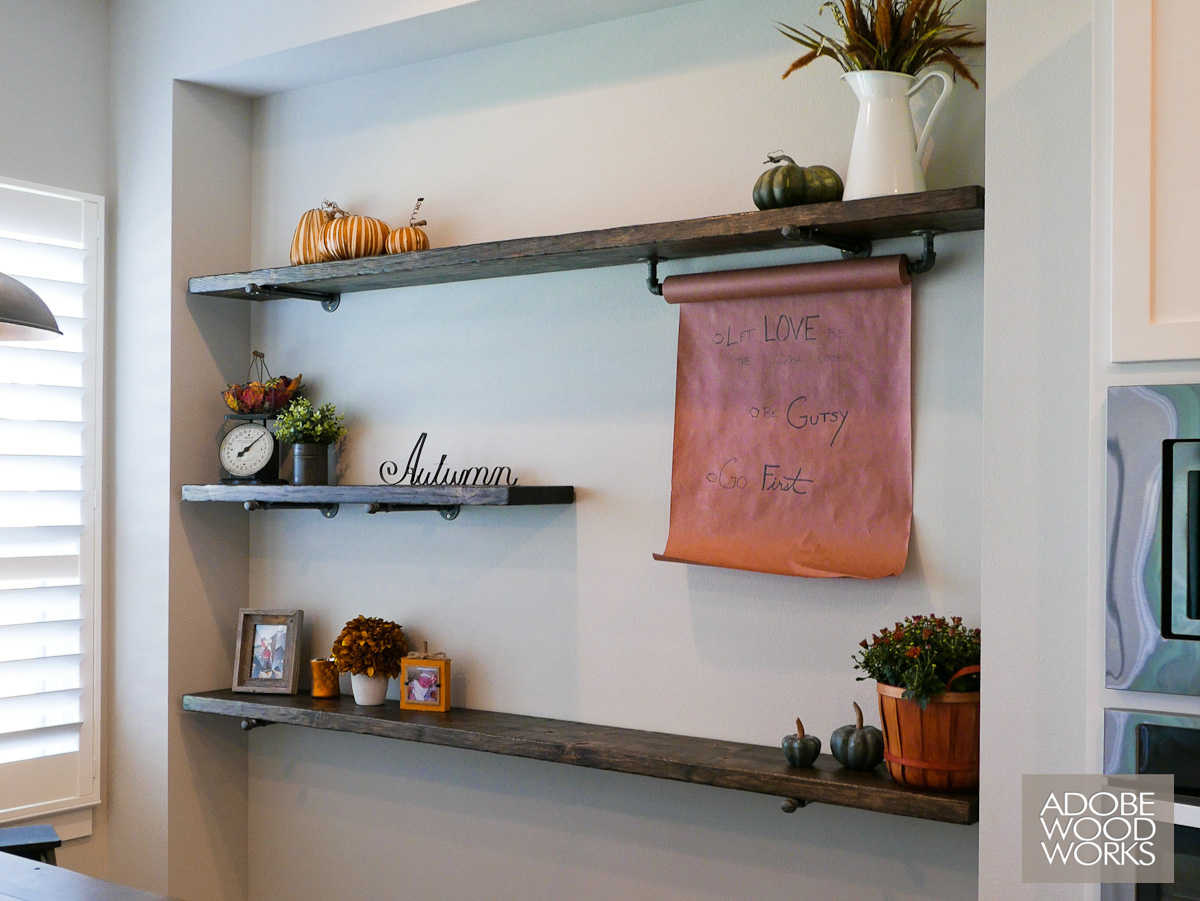
Distressed Knotty Alder - 1.75" Solid Style -

Distressed Knotty Alder - 2.5" Hollow Style -
Distressed Knotty Alder - 2.5" Hollow Style
Shelving FAQ's
How much do your floating shelves cost?
Shelf projects have a $750 minimum, average multi-shelf projects run $1500-$3500 - I do not sell shelves without installation. There are several variables that will affect pricing: shelf thickness, wood species, number of shelves, installation surface, etc. For shelves in Knotty Alder, under 40", they start at $300-$400, each. Longer pieces and premium woods are priced accordingly and the thinner 1.75” shelves are more expensive because of the hardware involved. I'm happy to provide quotes by email - just fill out the Shelf Form to get started or if you don't have a plan yet, you can just use the Contact form to get started.
What shelf thickness do you offer? There are 2 basic styles of shelf construction that determine the thickness of the shelf. I make 1.75" thick, solid wood shelves and 2.5"-3" thick, hollow style shelves. Typically, the thinner shelves are used in kitchens and the thicker shelves in living areas. The hollow style shelves are best for over 48" long - because they can be scribed to fit walls that are not completely flat. I can make the shelves from 20" to 144" long and 8" to 15" deep.
How sturdy are the shelves? There are several variables that will affect the real world number, but my smaller shelves can hold a minimum of 60+ pounds and larger shelves can hold much more, depending on the shelf spec. These shelves are not merely for decorative purposes but engineered to hold a substantial amount of weight. This image shows numerous bottles of beverages loaded onto my shelves.
How do you mount floating shelves? Installation is part of all my shelf projects. All shelves must be anchored into at least 2 studs or blocking (shelves under 36" have the most issues with proper anchoring). If you are building or remodeling and tiling walls, you MUST contact me during the planning stage so that I can measure the existing studs and discuss any issues - sometimes, additional bracing may be needed - or wall bowing needs to be addressed. If you have the tile installed already, I probably can not help you. From my experience, floating shelves should be the last thing to get installed - over the TOP of tile. But this method does require some prep work to go smoothly - particularly for smaller shelves.
Why mount over tile?? There are a few reasons I prefer mounting the shelf bracket on top of the tile. First off, this makes it much easier for your tile guy. If the tiler has to go around a bracket (1.5" wide and 2'-4'+ long), it will likely cause a visual issue if things do not line up perfectly - especially with smaller tiles. Second and most important is flexibility. Plans change. Things get moved. If you should need to adjust the shelf placement once the project is further along, it becomes impossible or very expensive, once the tile (or even drywall) is done. There is a lot of visual fine tuning of shelf placement that needs to happen at install - even with regard to grout lines. This is a fairly new approach to mounting floating shelves, so many contractors and builders are not comfortable with it (there are risks). Older homes that have 24" stud framing will probably need blocking installed.




















